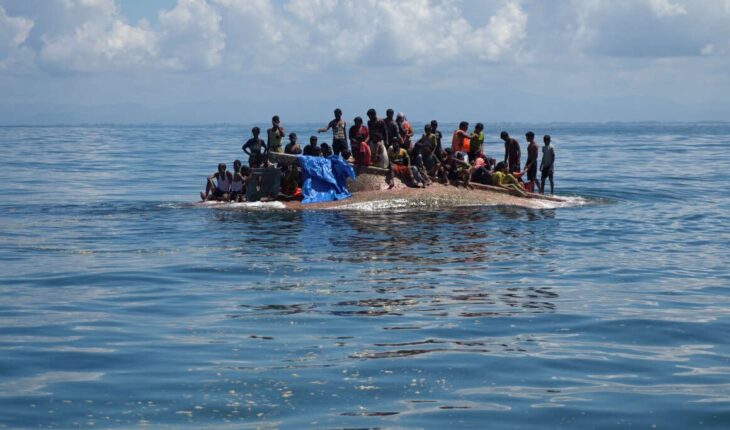by Bharat Bhushan (South Asia Editor 360info)
Last week, dozens of Rohingya refugees drowned after a wooden boat they were travelling in capsized off Indonesia’s Aceh province. About 69 refugees were saved by local fishermen and Indonesian rescue services.
Survivors reported that the boat carried 150 refugees and at least 50 were feared dead. However, those who were rescued faced the wrath of the local residents who did not welcome their arrival.
Indeed, the Rohingya, a Muslim minority from Myanmar persecuted and run out of their homeland, are unwelcome nearly everywhere.
In November 2023, a boat carrying 200 Rohingya refugees was pushed back into the sea by the locals in Aceh.
After a military crackdown in 2017, nearly one million Rohingya refugees fled to Bangladesh.
The Rohingya are seen as “foreigners” and designated as “Bengalis” by the majority Buddhist ruling classes of Myanmar. They have been denied citizenship and excluded from any future vision of Myanmar, as the nation grapples with issues of ethnicity, religion and citizenship.
Although the Rohingya have lived in Myanmar for generations, they are not recognised as an official ethnic group of the nation.
They are not included in the 135 ethnic groups officially recognised by the government. The Rohingya have been denied citizenship since 1982, with the UN describing them as the “world’s largest stateless population.”
Hounded and persecuted, most fled to Bangladesh but they have also found refuge in Malaysia, Indonesia, Thailand, Philippines and India.
In Bangladesh, most of them live in densely populated camps in Cox’s Bazar. To decongest the camps, some have been shifted 60 km away from the mainland to the cyclone- prone Bhasan Char Island in the Bay of Bengal.
Their isolation further reduces their chances of access to basic rights or of finding long-term solution to their plight.
The Rohingya having made the dangerous sea journey to Bangladesh are once again taking to the sea.
The conditions in the camps have deteriorated over the years.
Few work opportunities, dependence on aid, lack of formal and recognised education for their children and threatened by the violence of criminal gangs in the camps, have pushed many to venture on risky sea journeys in search of safer refuge elsewhere.
Their vulnerability also makes them prime targets for exploitation by traffickers and smugglers.
According to the UN refugee agency (UNHCR), 2023 was the deadliest year at sea for the Rohingya in the nine years since they fled Myanmar – 569 of them died while trying to escape in search of a better future.
The UNHCR noted a qualitative change in those risking death at sea as “66 percent of those embarking on these deadly journeys” were women and children.
The Rohingya remaining in Myanmar have increasingly also been caught in the ongoing war between the state’s armed forces and the rebel Arakan Army.
Since the beginning of this year, Rohingya civilians have been killed or injured in the fighting, according to the Rohingya Human Rights Initiative. There are reports of the Myanmar Army’s forced conscription of young Rohingya men to fight the Arakan Army. Equally there are reports of the Arakan army using Rohingya villages in the Rakhine as human shields.
Safe neither at home nor abroad, the Rohingya are clearly the “nowhere people” of this century – stateless, helpless and unwanted.





